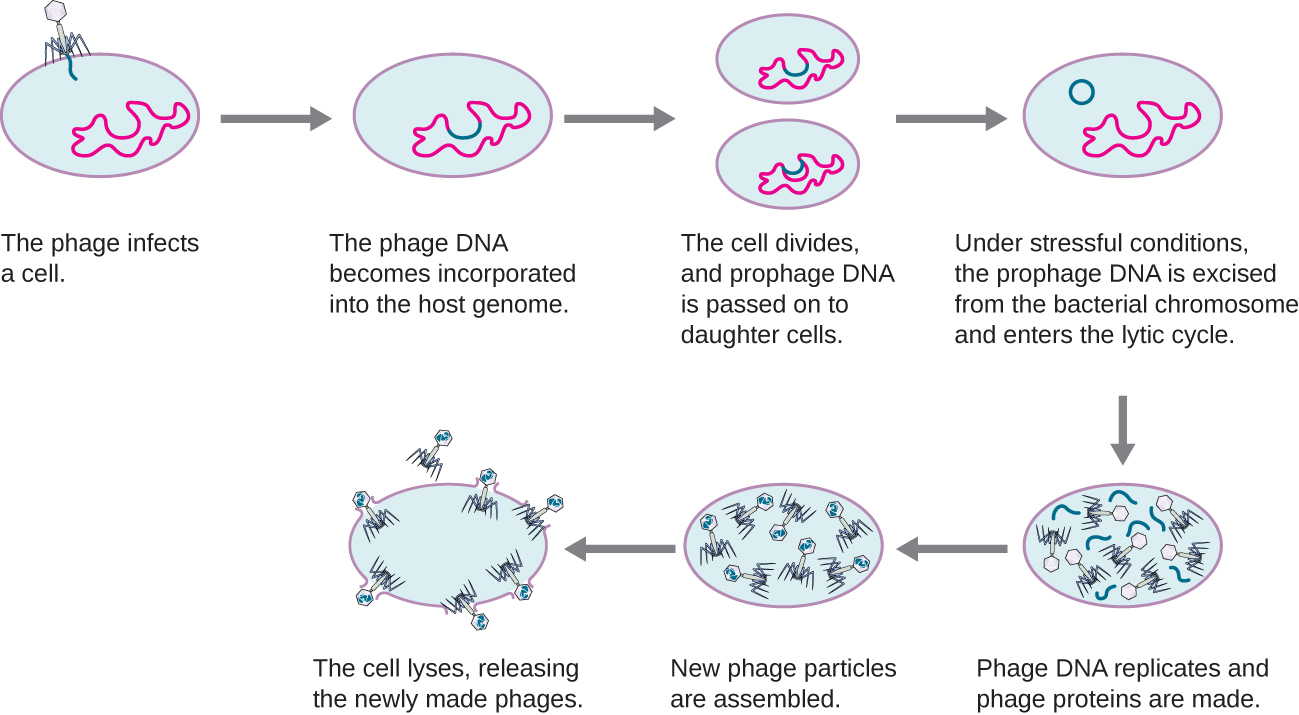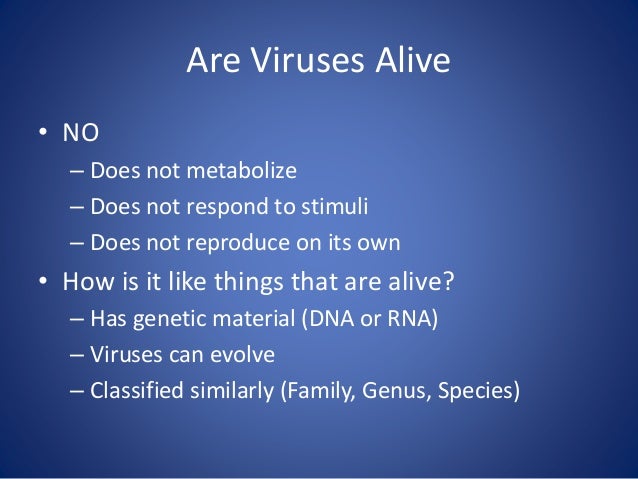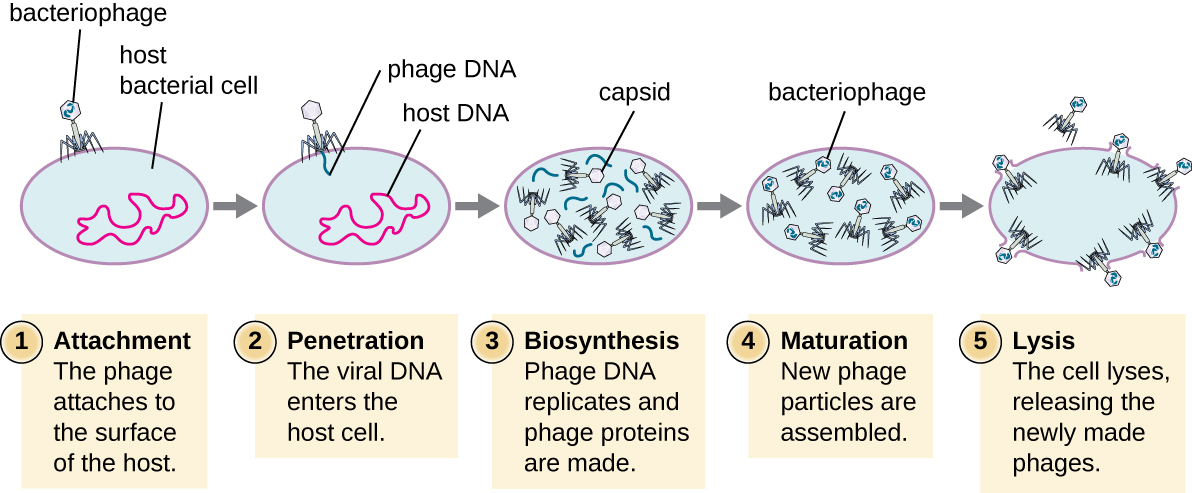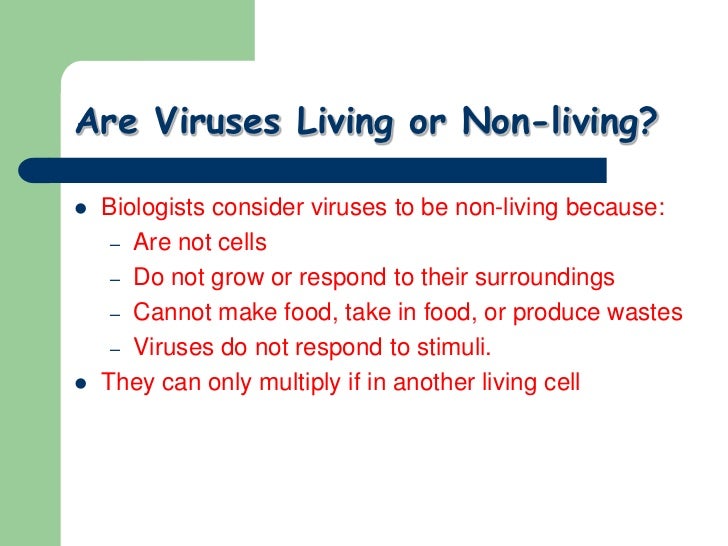Your Do viruses respond to stimuli images are ready in this website. Do viruses respond to stimuli are a topic that is being searched for and liked by netizens now. You can Download the Do viruses respond to stimuli files here. Get all free vectors.
If you’re searching for do viruses respond to stimuli pictures information connected with to the do viruses respond to stimuli topic, you have come to the ideal blog. Our site always gives you hints for seeing the maximum quality video and image content, please kindly search and find more enlightening video articles and graphics that match your interests.
Do Viruses Respond To Stimuli. But while it is understood that this. These rapid changes called stimuli provoke reactions in living organisms that are often very different from those expected from nonliving things. Viruses occupy a strange no-mans-land between the living and the nonliving. Median response time is 34 minutes for paid subscribers and may be longer for promotional offers.
 Pin On Nerdy Fabulous From pinterest.com
Pin On Nerdy Fabulous From pinterest.com
Rather viruses need to invade a living organism to replicate said Dr. We have an awful lot in common with the viruses that infect us. Proteins on the virus bind to receptors on the outside of a cell 1. Alterations in cell metabolism as well as side-effects of antiviral responses contribute to symptoms development and virulence. A response to a stimulus is defined by an almost immediate reaction to some change in the environment. Viruses occupy a strange no-mans-land between the living and the nonliving.
A response to a stimulus is defined by an almost immediate reaction to some change in the environment.
A response to a stimulus is defined by an almost immediate reaction to some change in the environment. Viruses arent able to respond to stimuli when outside of a host cell because outside host cells viruses are dormant and sometimes even considered dead. For example if a 10-pound rock a nonliving object is pushed across a smooth surface the stimulus it will respond in a predictable manner by moving a predictable distance in a straight line the response. Viruses respond to stimuli have genetic makeup and even evolve. However to be truly scientific we must apply the rigid definition of life and if one or more of the criterion of life is not met viruses are not alive. Viruses on the other hand do none of those things.
 Source: pinterest.com
Source: pinterest.com
While they dont change behaviors in response to touch or sound or light the way that humans bacteria or sea sponges might there has not been enough research done to definitively say that viruses do not respond to anything. Since viruses lack the ability to thrive and reproduce autonomously they cannot be called alive. All living organisms absorb nutrients have cells respond to stimuli. Bacteria are one-celled organisms that grow replicate themselves respond to stimuli maintain internal homeostasis and metabolize food for energy. A response to a stimulus is defined by an almost immediate reaction to some change in the environment.
 Source:
Source:
Rather viruses need to invade a living organism to replicate said Dr. A response to a stimulus is defined by an almost immediate reaction to some change in the environment. In isolation viruses and bacteriophages show none of the expected signs of life. But while it is understood that this. Viruses occupy a strange no-mans-land between the living and the nonliving.
 Source: pinterest.com
Source: pinterest.com
Type 1 diabetes is a genetically-driven autoimmune disease of pancreatic beta-cells whose origins remain unknown. Since viruses lack the ability to thrive and reproduce autonomously they cannot be called alive. However to be truly scientific we must apply the rigid definition of life and if one or more of the criterion of life is not met viruses are not alive. Median response time is 34 minutes for paid subscribers and may be longer for promotional offers. In order to reproduce they must infect a living host and hijack its resources.
 Source: socratic.org
Source: socratic.org
Skin cell response to environmental stimuli like viruses may predict type 1 diabetes. Viruses respond to stimuli have genetic makeup and even evolve. Since viruses lack the ability to thrive and reproduce autonomously they cannot be called alive. Viruses occupy a strange no-mans-land between the living and the nonliving. Skin cell response to environmental stimuli like viruses may predict type 1 diabetes.
 Source: pinterest.com
Source: pinterest.com
However to be truly scientific we must apply the rigid definition of life and if one or more of the criterion of life is not met viruses are not alive. All living organisms absorb nutrients have cells respond to stimuli. Viruses respond to stimuli have genetic makeup and even evolve. But while it is understood that this. To respond to stimuli and to use energy.
 Source: in.pinterest.com
Source: in.pinterest.com
Bacteria are one-celled organisms that grow replicate themselves respond to stimuli maintain internal homeostasis and metabolize food for energy. Viruses adapt to their hosts by evading defense mechanisms and taking over cellular metabolism for their own benefit. Type 1 diabetes is a genetically-driven autoimmune disease of pancreatic beta-cells whose origins remain unknown. Strictly speaking they should not be considered as living organisms at all. Median response time is 34 minutes for paid subscribers and may be longer for promotional offers.
 Source: pinterest.com
Source: pinterest.com
While the virus particle may fall short of the definition of life depending on the. They do not respond to stimuli they do not grow they do not do any of the things we normally associate with life. Alterations in cell metabolism as well as side-effects of antiviral responses contribute to symptoms development and virulence. The organism must be able to reproduce make energy for itself respond to stimuli evolve and be able to maintain a stable environment within its cells homeostasis. But while it is understood that this.
 Source: biodiversity.utexas.edu
Source: biodiversity.utexas.edu
Viruses respond to stimuli have genetic makeup and even evolve. These new viruses are released 4 either through budding shown here or. The organism must be able to reproduce make energy for itself respond to stimuli evolve and be able to maintain a stable environment within its cells homeostasis. Skin cell response to environmental stimuli like viruses may predict type 1 diabetes. Proteins on the virus bind to receptors on the outside of a cell 1.
 Source: pinterest.com
Source: pinterest.com
Only when a virus starts reproducing in a cell can it weakly respond to stimuli. These rapid changes called stimuli provoke reactions in living organisms that are often very different from those expected from nonliving things. Proteins on the virus bind to receptors on the outside of a cell 1. A response to a stimulus is defined by an almost immediate reaction to some change in the environment. Since viruses lack the ability to thrive and reproduce autonomously they cannot be called alive.
 Source: slideshare.net
Source: slideshare.net
Viruses adapt to their hosts by evading defense mechanisms and taking over cellular metabolism for their own benefit. Viruses occupy a strange no-mans-land between the living and the nonliving. For example if a 10-pound rock a nonliving object is pushed across a smooth surface the stimulus it will respond in a predictable manner by moving a predictable distance in a straight line the response. They do not respond to stimuli they do not grow they do not do any of the things we normally associate with life. To respond to stimuli and to use energy.
 Source: pinterest.com
Source: pinterest.com
Skin cell response to environmental stimuli like viruses may predict type 1 diabetes. The organism must be able to reproduce make energy for itself respond to stimuli evolve and be able to maintain a stable environment within its cells homeostasis. Rather viruses need to invade a living organism to replicate said Dr. In isolation viruses and bacteriophages show none of the expected signs of life. While they dont change behaviors in response to touch or sound or light the way that humans bacteria or sea sponges might there has not been enough research done to definitively say that viruses do not respond to anything.
 Source: pinterest.com
Source: pinterest.com
Bacteria are one-celled organisms that grow replicate themselves respond to stimuli maintain internal homeostasis and metabolize food for energy. Only when a virus starts reproducing in a cell can it weakly respond to stimuli. Since viruses lack the ability to thrive and reproduce autonomously they cannot be called alive. Theyre basically just genetic material wrapped in a protein coat. Strictly speaking they should not be considered as living organisms at all.
 Source: pinterest.com
Source: pinterest.com
Rather viruses need to invade a living organism to replicate said Dr. While they dont change behaviors in response to touch or sound or light the way that humans bacteria or sea sponges might there has not been enough research done to definitively say that viruses do not respond to anything. While there isnt any formal agreement on what defines life most definitions include the ability to adapt to the environment to reproduce to respond to stimuli and to use energy. Rather viruses need to invade a living organism to replicate said Dr. Alterations in cell metabolism as well as side-effects of antiviral responses contribute to symptoms development and virulence.
 Source: pinterest.com
Source: pinterest.com
For example if a 10-pound rock a nonliving object is pushed across a smooth surface the stimulus it will respond in a predictable manner by moving a predictable distance in a straight line the response. For example if a 10-pound rock a nonliving object is pushed across a smooth surface the stimulus it will respond in a predictable manner by moving a predictable distance in a straight line the response. To respond to stimuli and to use energy. A response to a stimulus is defined by an almost immediate reaction to some change in the environment. Bacteria are one-celled organisms that grow replicate themselves respond to stimuli maintain internal homeostasis and metabolize food for energy.
 Source: socratic.org
Source: socratic.org
Since viruses lack the ability to thrive and reproduce autonomously they cannot be called alive. Some researchers also suggest that living things must be able to respond to stimuli and evolve over time. However to be truly scientific we must apply the rigid definition of life and if one or more of the criterion of life is not met viruses are not alive. We have an awful lot in common with the viruses that infect us. All viruses can be differentiated from living organisms because they do not eat or absorb nutrients they do not have cells they do not respond to stimuli and they do not reproduce independently.
 Source: pinterest.com
Source: pinterest.com
Rather viruses need to invade a living organism to replicate said Dr. Type 1 diabetes is a genetically-driven autoimmune disease of pancreatic beta-cells whose origins remain unknown. The organism must be able to reproduce make energy for itself respond to stimuli evolve and be able to maintain a stable environment within its cells homeostasis. For example if a 10-pound rock a nonliving object is pushed across a smooth surface the stimulus it will respond in a predictable manner by moving a predictable distance in a straight line the response. By Boston University Medical Center.
 Source: pinterest.com
Source: pinterest.com
It also depends on how one defines life. Theyre basically just genetic material wrapped in a protein coat. All living organisms absorb nutrients have cells respond to stimuli. The specifics vary but most biologists understand life to exhibit these key features. Viruses respond to stimuli have genetic makeup and even evolve.
 Source: slideshare.net
Source: slideshare.net
Researchers have discovered that skin cells from patients with type 1 diabetes. Alterations in cell metabolism as well as side-effects of antiviral responses contribute to symptoms development and virulence. Skin cell response to environmental stimuli like viruses may predict type 1 diabetes. The organism must be able to reproduce make energy for itself respond to stimuli evolve and be able to maintain a stable environment within its cells homeostasis. By Boston University Medical Center.
This site is an open community for users to share their favorite wallpapers on the internet, all images or pictures in this website are for personal wallpaper use only, it is stricly prohibited to use this wallpaper for commercial purposes, if you are the author and find this image is shared without your permission, please kindly raise a DMCA report to Us.
If you find this site helpful, please support us by sharing this posts to your preference social media accounts like Facebook, Instagram and so on or you can also save this blog page with the title do viruses respond to stimuli by using Ctrl + D for devices a laptop with a Windows operating system or Command + D for laptops with an Apple operating system. If you use a smartphone, you can also use the drawer menu of the browser you are using. Whether it’s a Windows, Mac, iOS or Android operating system, you will still be able to bookmark this website.





